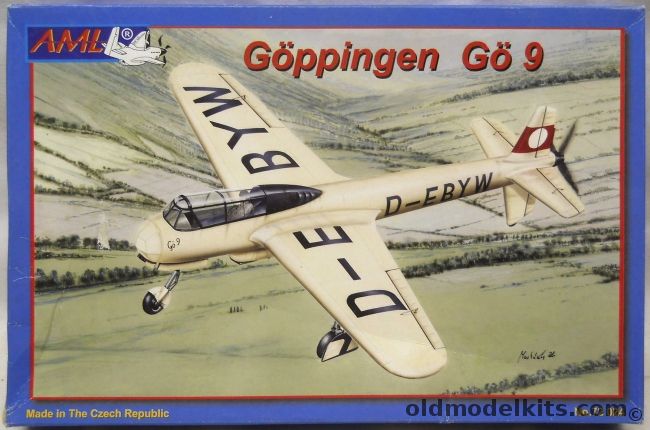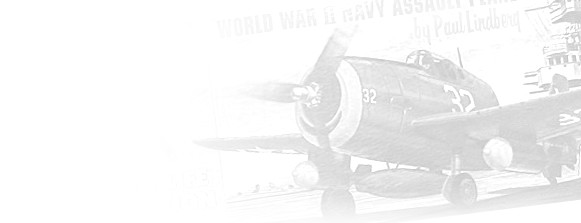
1/72 72-024 AML Goppingen Go-9 - Technology Testbed Aircraft - (Do-335 / Go9)
Plastic Model Kit, Box Condition: Good+
Limited issue kit that cleanly molded, highly detailed and features all recessed surface detail, high-definition resin details, good cockpit, optional position canopy and more. Includes full color paint guide. Never started and inventoried complete with all parts and includes decals and instructions. The Göppingen Go 9 was a German research aircraft built to investigate the practicalities of powering a plane using a pusher propeller located far from the engine and turned by a long drive shaft. In 1937, Claudius Dornier observed that adding extra engines and propellers to an aircraft in an attempt to increase speed would also attract a penalty of greater drag, especially when placing two or more engines within nacelles mounted on the wings. He reasoned that this penalty could be minimized by mounting a second propeller at the rear of an aircraft. In order to prevent tail-heaviness, however, the engine would need to be mounted much closer to the center of gravity (forward). Dornier patented this idea and decided to build a test aircraft to evaluate it. The aircraft was designed by Dr Ulrich Hütter as a 40% sized, scaled-down version of the Dornier Do 17's fuselage and wing panels without the twin-engine nacelles and built by Schempp-Hirth. The airframe was entirely of wood and used a retractable tricycle landing gear – one of the earliest non-Heinkel-built German airframe designs to do so. Power was supplied by a Hirth HM 60 air-cooled, inverted inline four-cylinder engine mounted within the fuselage near the wings. Other than the engine installation, the only other unusual feature of the aircraft was its all-new, full four-surface cruciform tail, which included a large ventral fin/rudder unit of equal area to the dorsal surface. Initially towed aloft, flight tests began in June 1941, but later flights operated under its own power. The design validated Dornier's ideas, and he went ahead with his original plan to build a high-performance aircraft with propellers at the front and rear, resulting in the amazing Dornier Do 335. The final fate of the Gö 9 is not known.
$28.00
